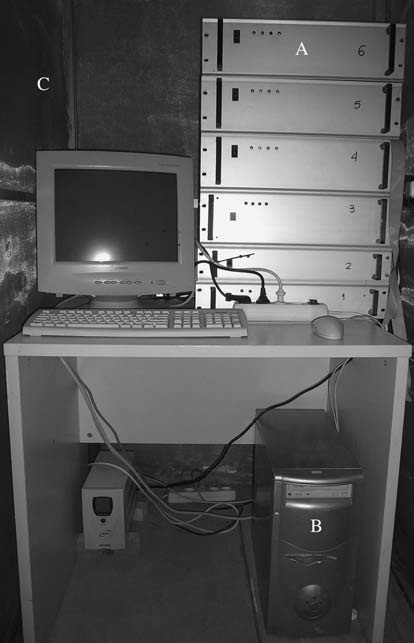A pioneering study published in Electromagnetic Biology and Medicine explores the potential of using electromagnetic resonant frequencies (rEMFs), derived from the nuclear magnetic resonance (NMR) spectrum of morphine, to replicate the drug’s analgesic effects without administering the substance itself.
Study Overview
Researchers from the University of Ioannina and the University of Athens investigated whether specific rEMFs corresponding to morphine’s NMR spectrum could induce analgesia in rats. Twenty-five Wistar rats were divided into five groups:PubMed
- Control Group: No treatment.
- Morphine Group: Received intraperitoneal injection of morphine (10 mg/kg).
- rEMF Group: Exposed to rEMFs derived from morphine’s NMR spectrum.
- Non-resonant EMF Group: Exposed to randomly selected non-resonant EMFs.
- Naloxone + rEMF Group: Received naloxone (an opioid receptor antagonist) and simultaneous exposure to morphine-derived rEMFs.ResearchGate+1PubMed+1PubMed
The rEMFs were generated by converting the chemical shift values (in parts per million) from morphine’s ^1H-NMR spectrum into frequencies using a 200 MHz spectrometer. This process resulted in 45 distinct frequencies representing morphine’s molecular signature.
Key Findings
Analgesic effects were assessed using the Tail Flick and Hot Plate tests, which measure pain response latency. The results demonstrated that:PubMed+1ResearchGate+1
- Rats exposed to morphine-derived rEMFs exhibited a significant increase in pain threshold, comparable to those administered morphine.
- Exposure to non-resonant EMFs did not produce any analgesic effects.
- The administration of naloxone negated the analgesic effects of the rEMFs, indicating the involvement of opioid receptors in mediating this response. PubMed
Implications and Future Directions
This study suggests that specific electromagnetic frequencies, mirroring the NMR spectrum of biologically active compounds like morphine, can elicit similar physiological responses. Such findings open avenues for non-pharmacological pain management strategies, potentially reducing reliance on opioid medications.
Further research is necessary to understand the underlying mechanisms and to assess the efficacy and safety of rEMF-based therapies in humans. If validated, this approach could revolutionize pain management by providing drug-free analgesic options.

To read the full study, visit this link.
This research holds promise for the future of medicine, potentially allowing patients to experience pain relief without the risks associated with drug dependency or overdose. Further studies will be crucial in determining its viability for widespread clinical use.

